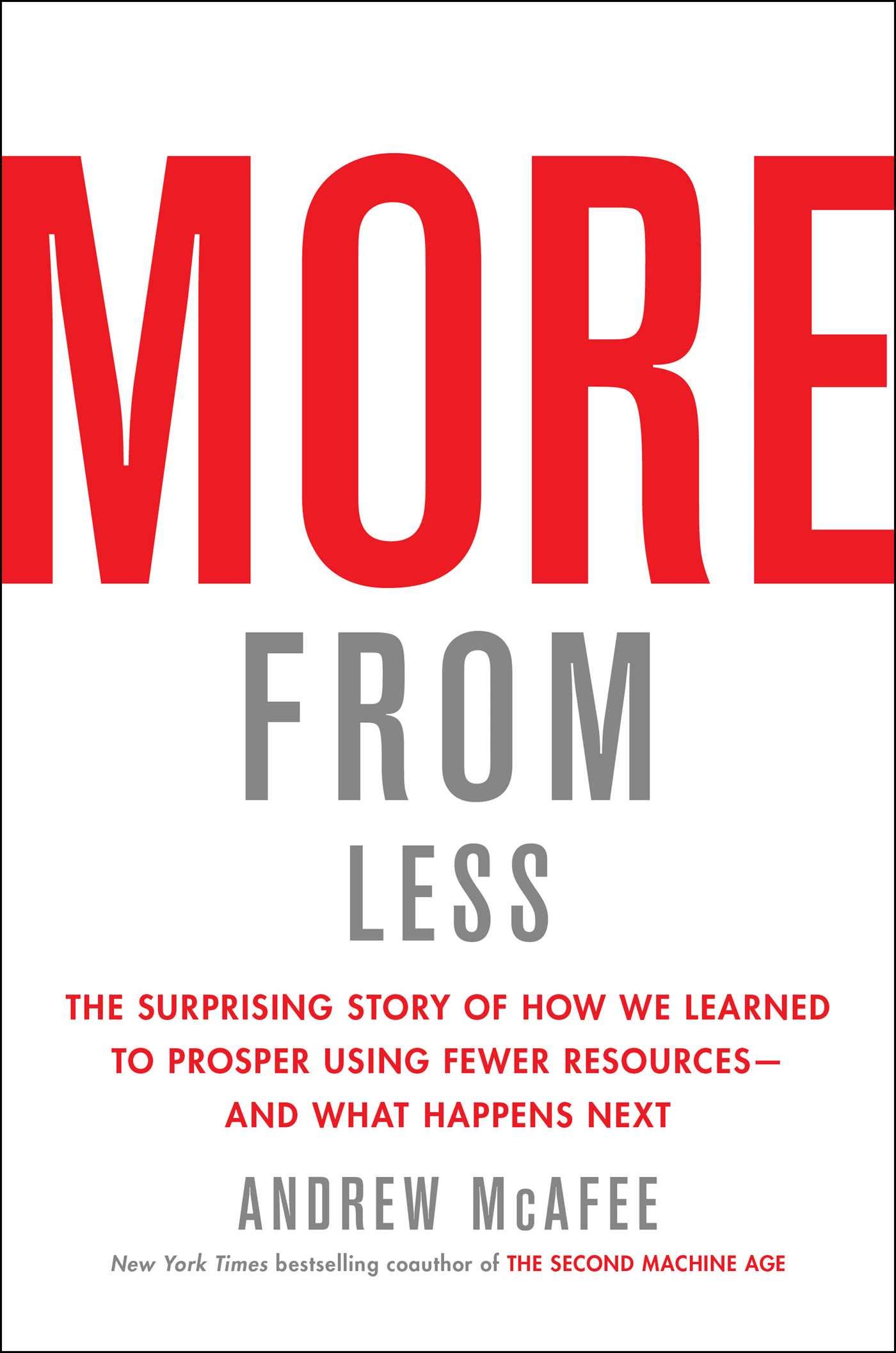
Age of Consequences by Courtney White
March 23, 2021
But Will the Planet Notice? How Smart Economics Can Save the World by Gernot Wagner
March 23, 2021Nature’s Fortune: How Business and Society Thrive by Investing in Nature by Mark Tercek and Jonathan Adams (2013) This could be subtitled How to Have the idea of Collaborative Solutions Challenged. Tercek, the president of The Nature Conservancy, is a former executive at Goldman Sachs financial institution. His philosophy is that diversity, maximizing returns, investing in assets, managing risks, and promoting innovation should be applied to nature. Environmentalists place emphasis on the inherent value of nature. Focusing on the tangible benefits of conservation allows government, corporations and individuals to work together.
Competition for resources and scarcity are often approached from a engineering standpoint. Controlling nature and technology provide solutions. Natural processes and market incentives are often capable of more economical, sustainable solutions. One familiar example is river water control in relation to water rights and flooding. Levees and dams have been the traditional answer, and then higher levees and more dams – and catastrophic failure. Reestablishing floodplains enables the waters to spread out over a wide area, slowing the river’s flow so the channel is not deepened and sediment fertilizes the ground and maintains deltas.
Water access is more of a problem. In 2010 a United Nations resolution declared water a universal human right. No nation voted against the resolution but 41 countries, including the United States, abstained. A farmer’s cooperative in the Oman Desert has equitably allocated agricultural water for 2500 years. Florida gave Nestle 10 years of unlimited pumping rights for $230. New York City began getting its water from the Catskills in 1905. When development in the area threatened the water quality instead of constructing an $8B filtration plant they invested $1.5B in land purchases, and watershed sewage systems. Realistically pricing water encourages innovative conservation and prioritizes use.
In 2009 Elinor Ostrom won the Economics Nobel Prize for her theories on how shared resources could be managed for the good of all. Resources belong to everyone and there need to be rules. Banding together, developing trust, and establishing clear property rights can overcome self-interest and short term goals. Greenpeace picketed McDonald’s which pressured Cargill to forego Amazon deforestation soybean production to feed beef. This isn’t exactly a collaboration but an example of the using broader influence of large corporations to effect change.
Overfishing has been successfully controlled by allocating permits for specific amounts (which can be traded), identifying critical habitats, and regulating some destructive methods. Micronesia provided an alternate example of what one person can accomplish when a returnee, appalled by the local fishery depletion spent three years defending Black Coral Island in a boat, armed with a shotgun, a spotlight, and a bottle of bourbon. His protection of a critical spawning habitat increased the population sufficiently to spawn the widespread Micronesia Challenge.
Oyster reef restoration is another example. Like beavers and mangroves, oyster reefs are ecosystem creators, modifying the environment to benefit many species. But they cannot save the salt marshes themselves and returns may be too slow for private investment. Natural systems are generally more resilient, essential as climate change makes previous assumption questionable. Sometimes addressing local problems is very effective.
Only government regulation can cope with some problems. This requires a different sort of collaboration. Mention of Nixon establishing the EPA and a climate change bill co-sponsored by Lindsay Graham, John Kerry, and Joe Lieberman emphasized that. Cap and trade legislation was effective in reducing acid rain. Ozone depletion was curtailed by outlawing certain chemicals. We need a different kind of development that does not depend upon exploitation of natural resources. Cities have been neglected. They could be denser, have smaller lawns, and encourage more walking. Controlling rainfall should be addressed. Runoff overloads sewer systems, pollutes waterways and eliminates ground water retention. Green infrastructure such as more permeable surfaces, green roofs, and water collection can be cheaper than larger sewage plants.
Responding to climate change is like tackling drug use: you can target the supplier or the addict. Regulations generally have some adverse effects. It helps to ask “how” instead of relying on saying “no”. There is some acknowledgement that over population and a high standard of living are underlying contributing factors. The present non-Malthusian assumption that there are no limits to potential growth seems to be a neglected factor.



